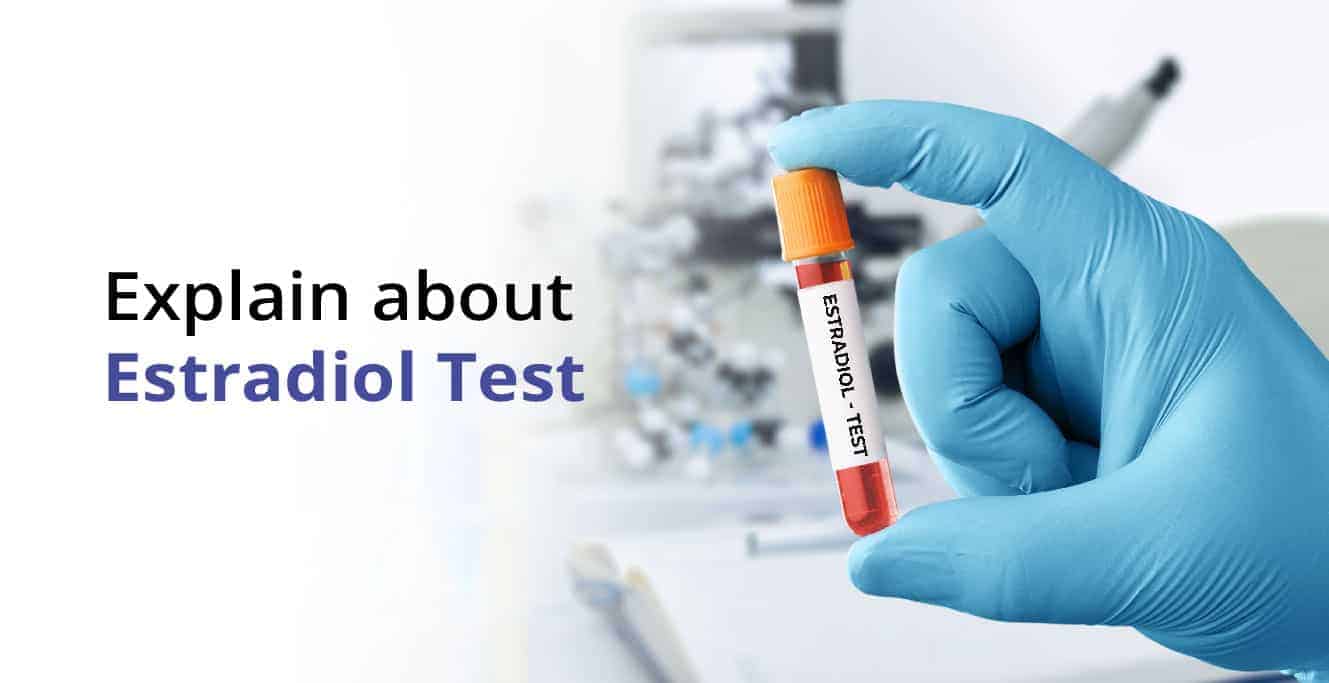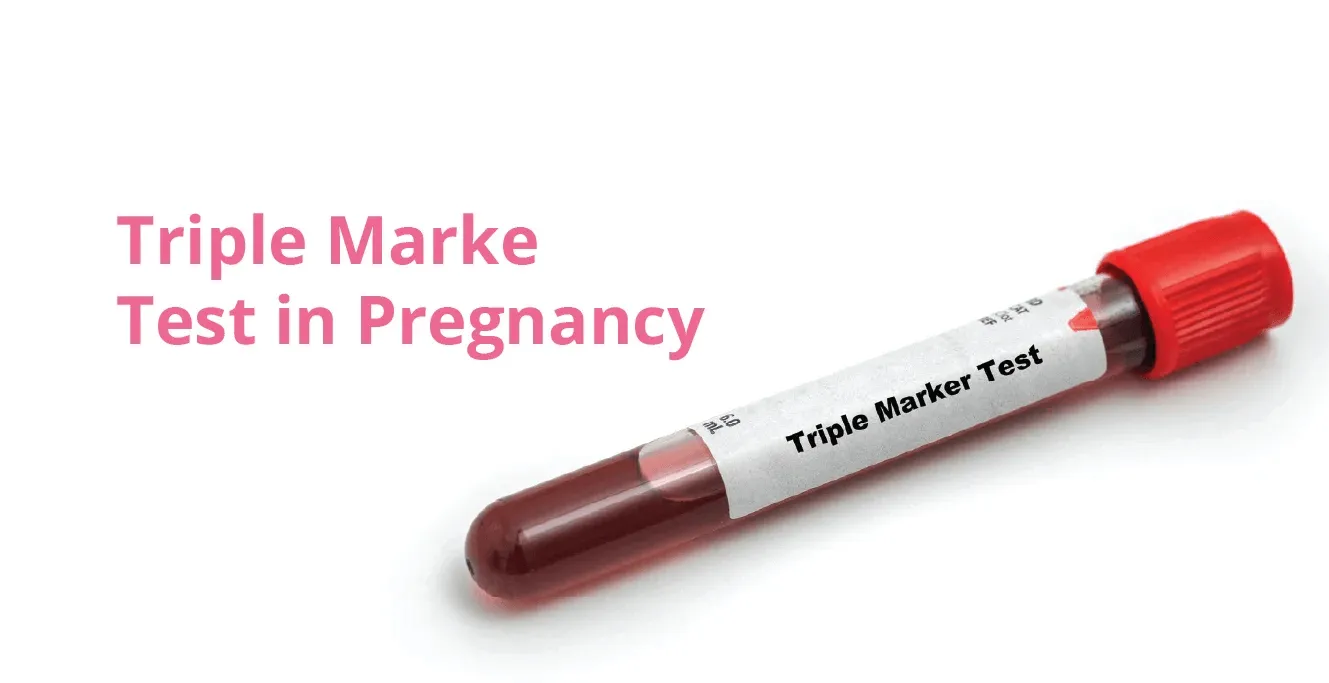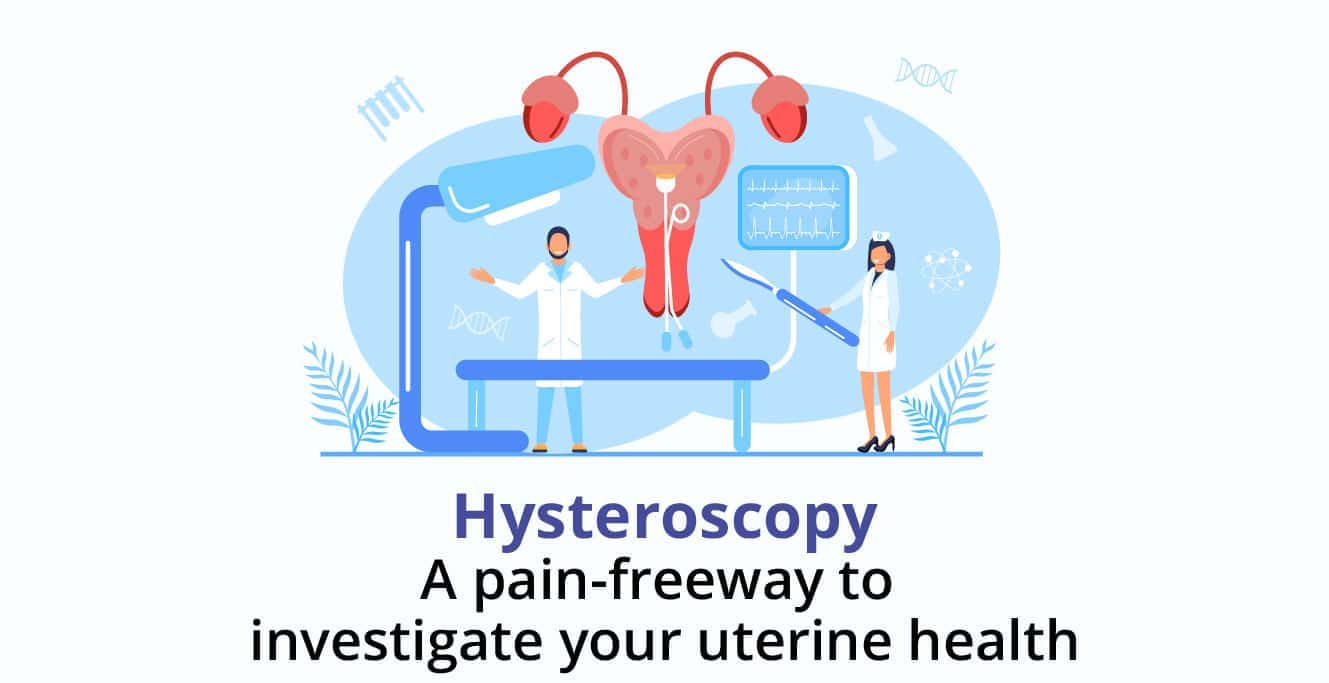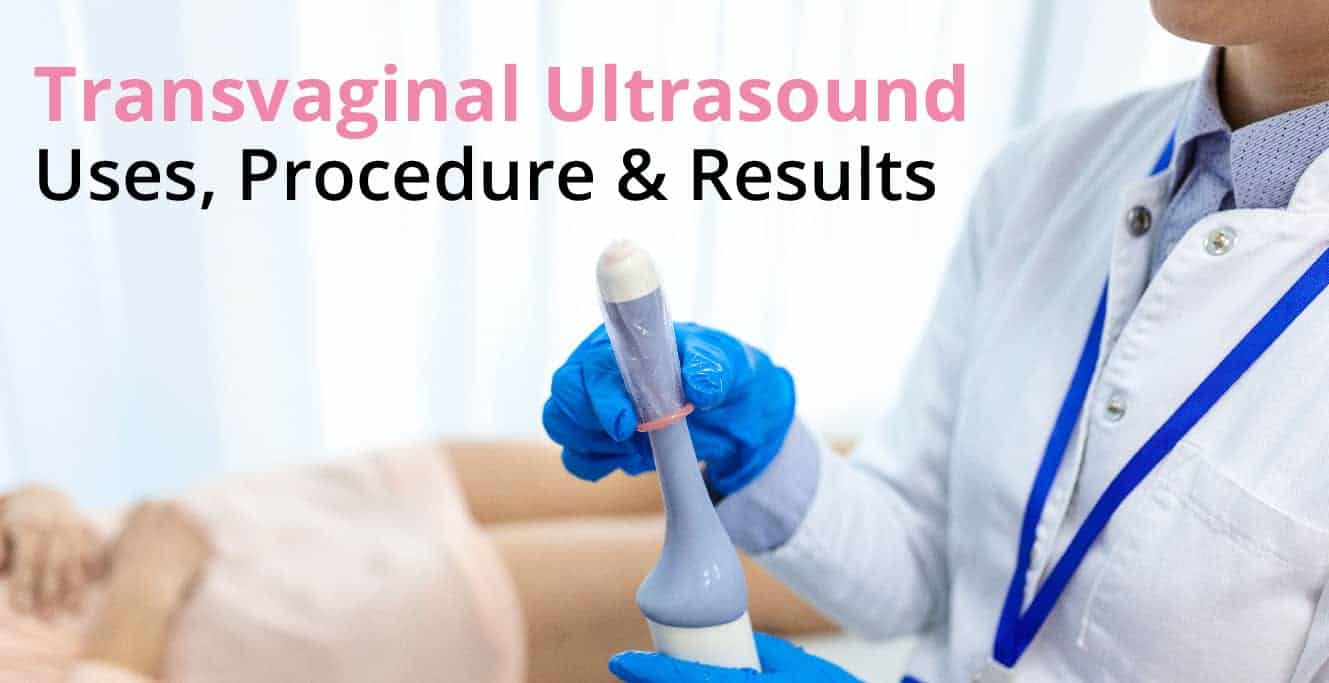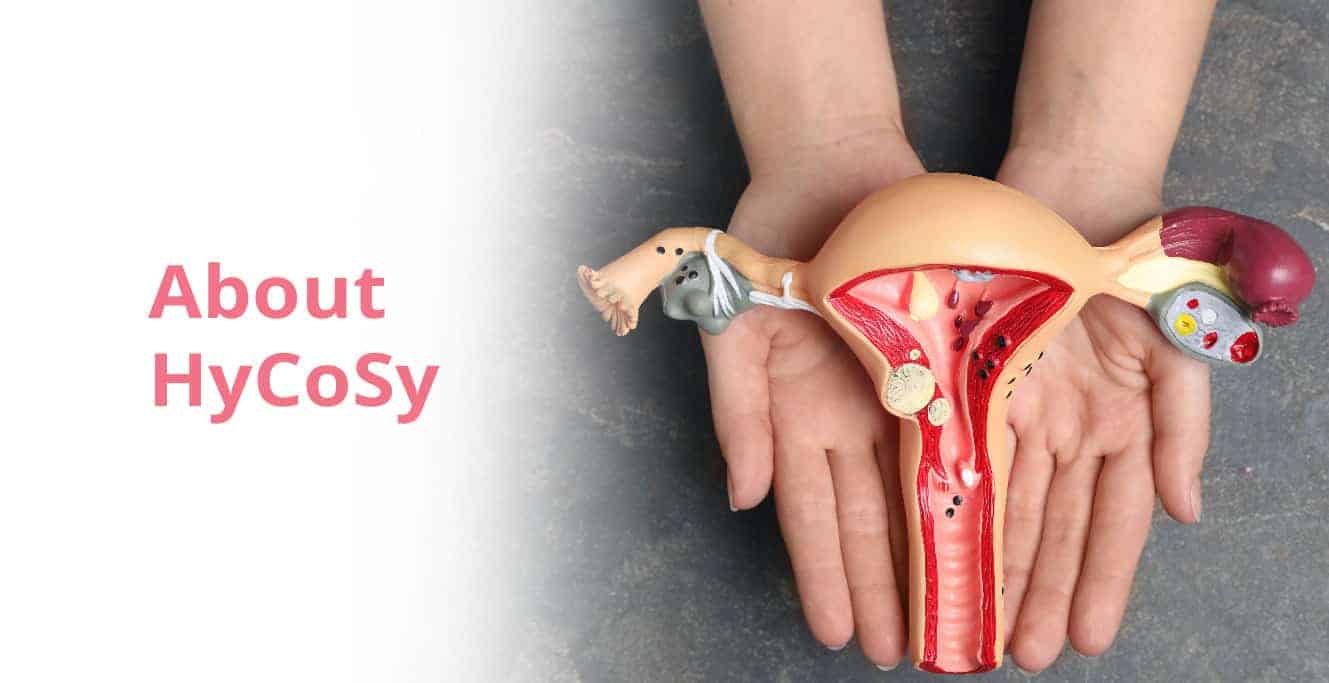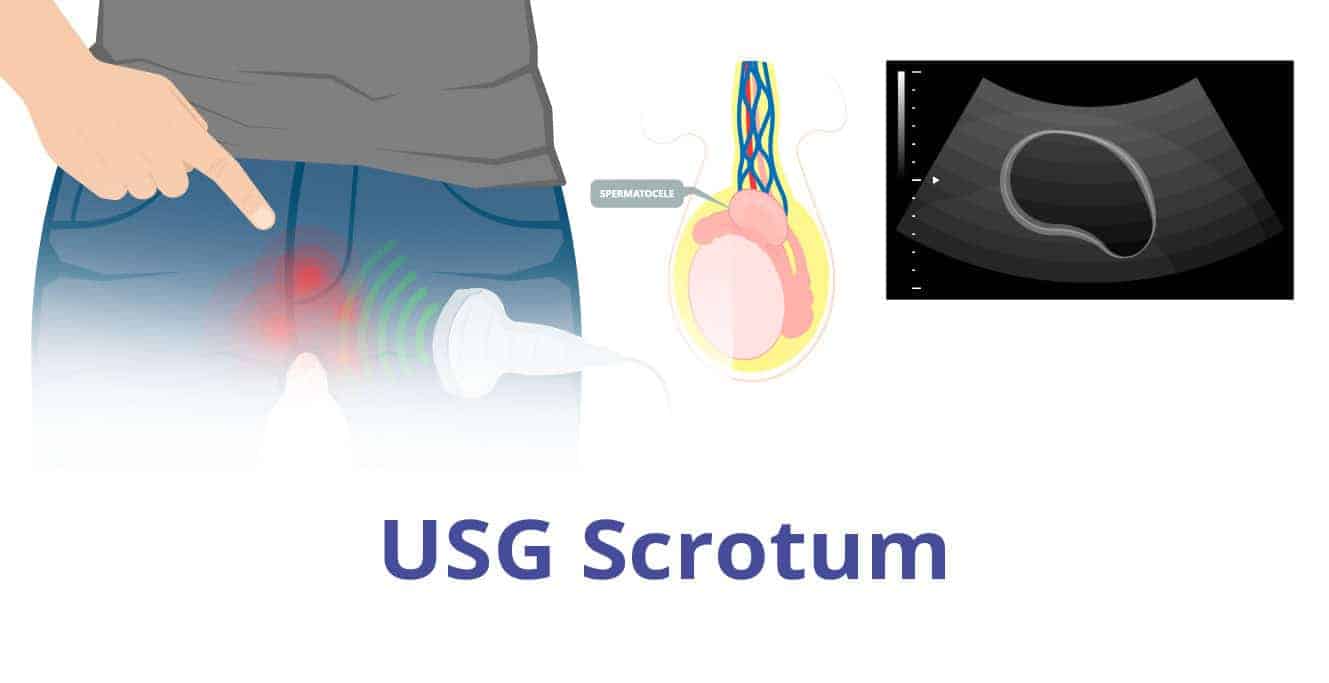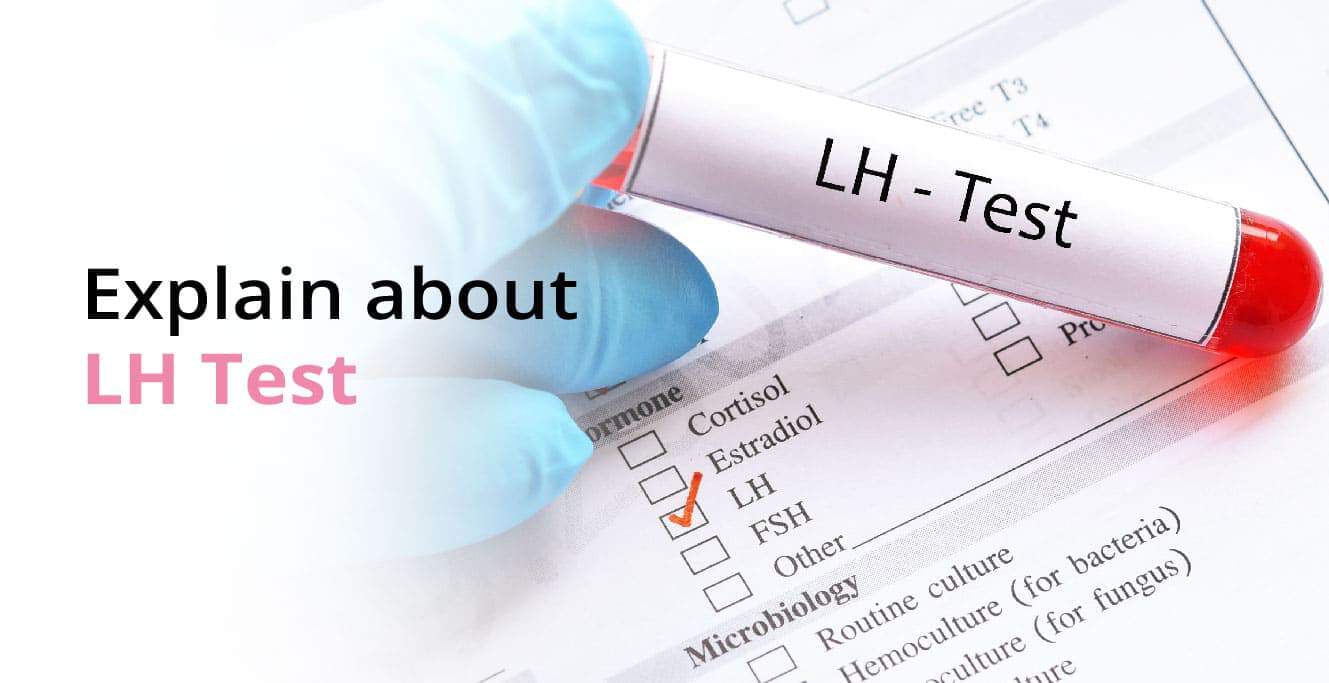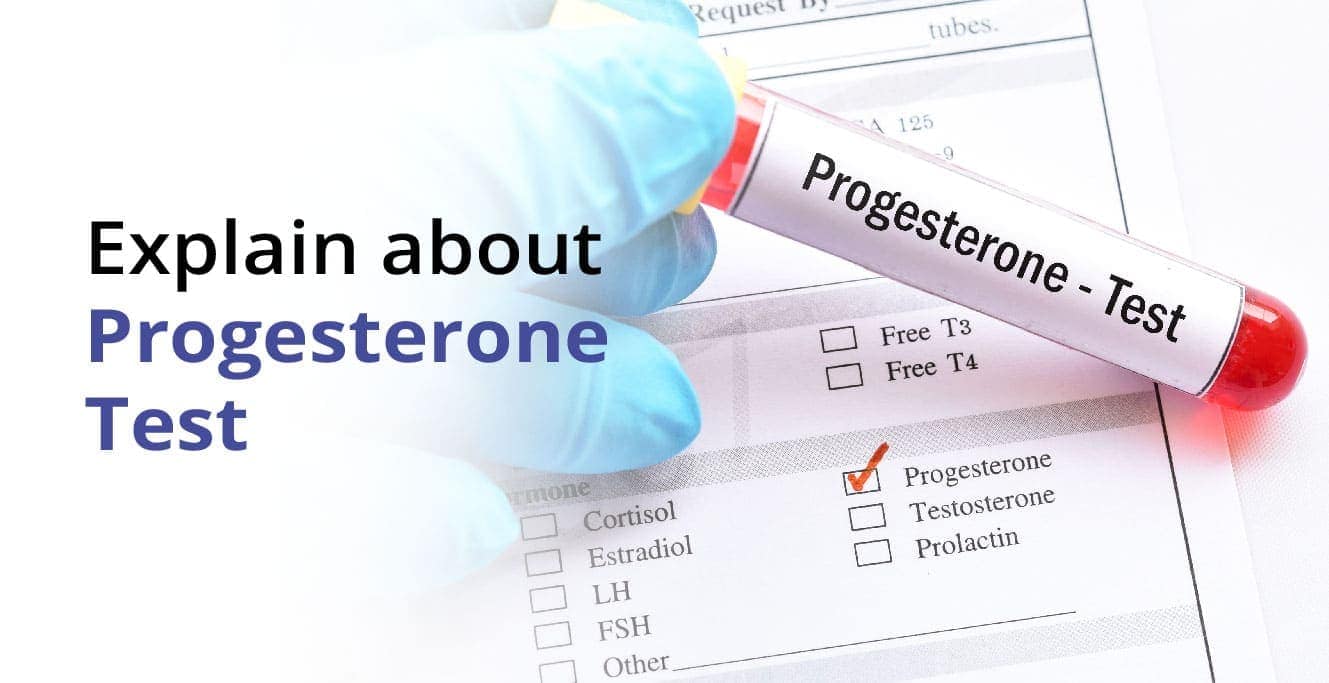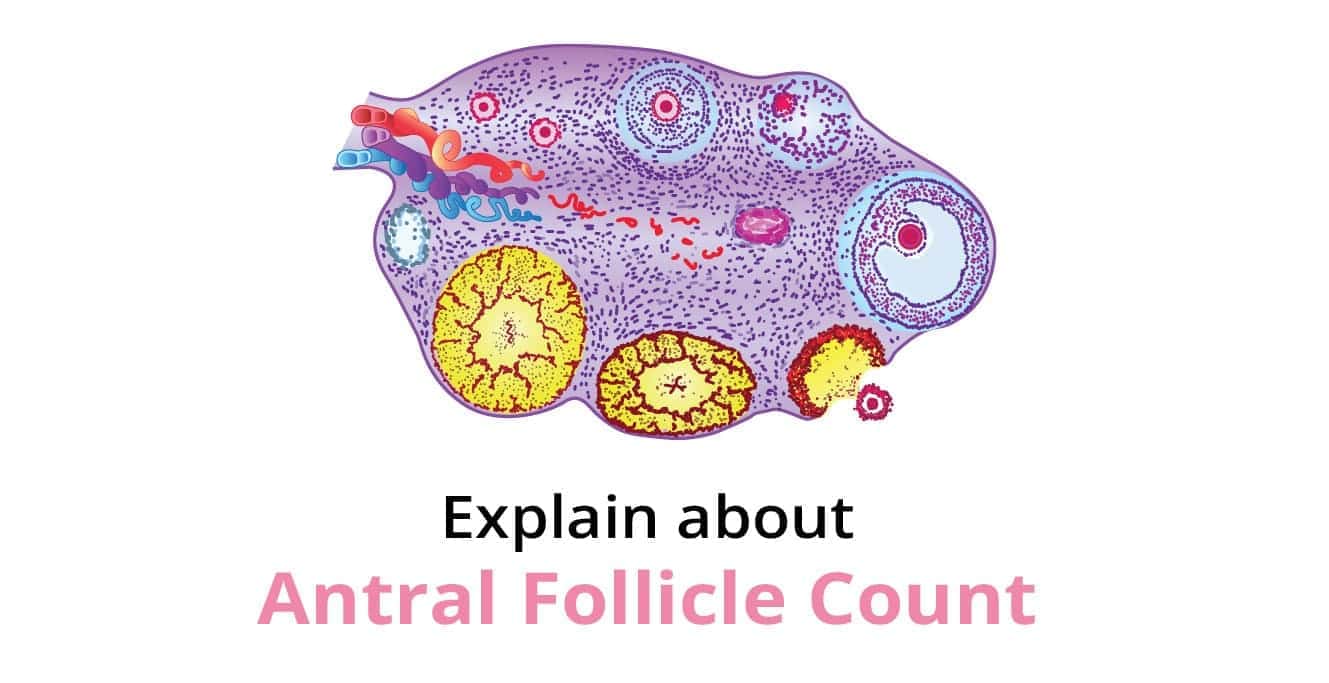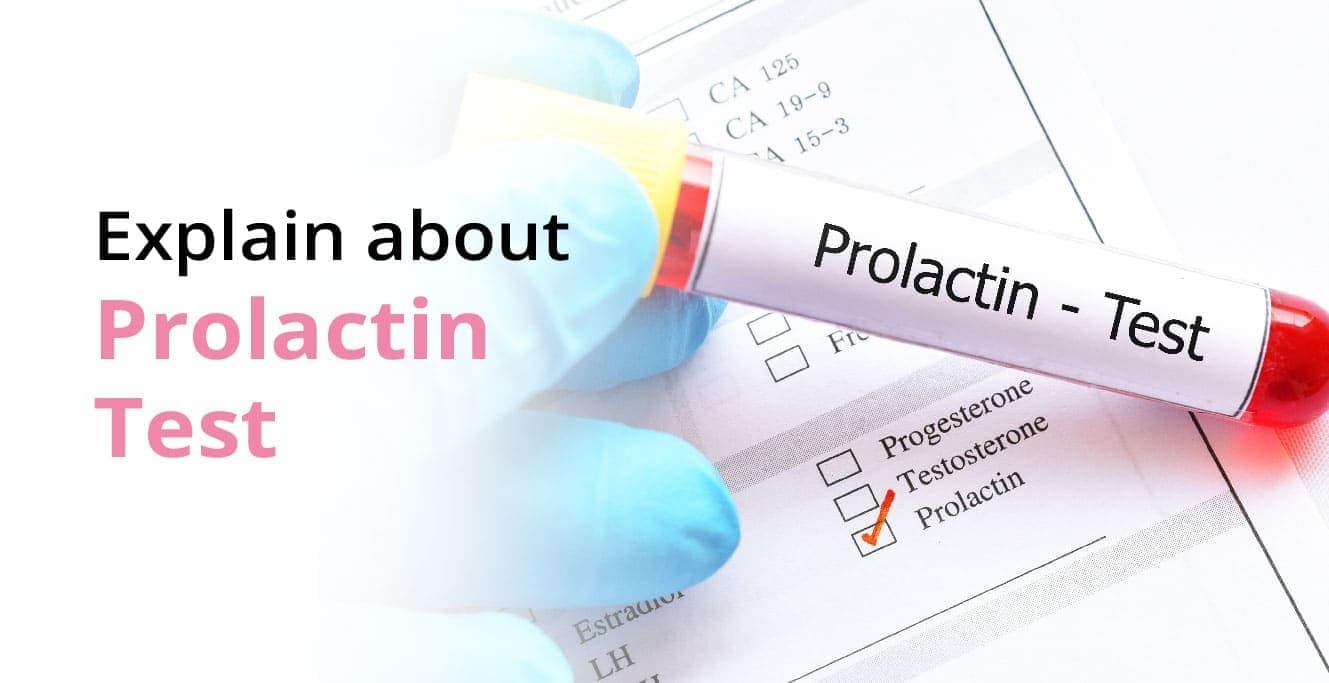Introduction
The advancements in medical technology have made it possible to understand the reproductive health of a person in exhaustive detail.
Oestradiol is a type of oestrogen hormone that a woman’s ovaries produce in the majority, more than the other types of oestrogen. It is also called “E2”. For a successful, medically healthy pregnancy, it is essential that a woman’s body produce the right amount of oestradiol.
When oestradiol is lesser than ideal in the body, it could hint at menopause, Turner syndrome or similar conditions. Increased oestradiol levels could hint at heavy periods, weight gain and even fibroids in women.
An oestradiol test is prescribed to check the levels of this hormone in a woman’s body.
What is an estrogen level test?
An estradiol blood test is prescribed to measure estrogen levels in the body.
Oestradiol is the most important type of estrogen present in the bloodstream. It helps doctors to determine the reproductive health of the parents by comparing the results of the test with the normal estrogen levels in healthy individuals.
The normal estrogen levels in females differ depending on age and sex. They can be broadly classified as follows:
Young Girls
Younger girls that haven’t yet hit puberty have lower oestradiol levels in their bodies. As puberty approaches, oestradiol levels also increase in their bodies, in addition to other changes that make them ready for pregnancy.
Women
In sexually mature women, ovaries produce oestradiol, and the levels are higher than in young girls. Some amount of oestradiol is also produced by the woman’s adrenal glands.
Men
In men, oestradiol is produced in trace amounts by the testis. An estrogen test for males is performed to understand their reproductive health.
A medically healthy pregnancy largely depends on a complex interplay between the hormones of both parents. For this reason, an estrogen test may be performed on both parents to judge their reproductive health and possible problems that could occur during pregnancy.
Why is the estradiol test done?
There are several reasons why your doctor may prescribe an estradiol test for you. All of these reasons are connected to determining the individual’s reproductive health and whether or not they are seeking to get pregnant.
Let’s take a look at why an estradiol blood test is performed.
Concerns regarding puberty
The doctor may prescribe an oestradiol test when a girl attains puberty at an age that isn’t per the standard benchmark.
For example, if a girl is too young to be pubescent or too late in achieving puberty, the doctor may want to take a detailed look at the estrogen levels in the body.
Problems with menstruation
Oestradiol test is prescribed when doctors suspect a disturbed level of this hormone is causing problems with menstruation. Normally, when a female has abnormal bleeding or if her period isn’t regular or frequently missing, an oestradiol test may be necessary to understand ovarian health.
Oestradiol test is also prescribed by doctors for older women to determine or diagnose menopausal or perimenopause conditions in the female.
Oestradiol test also gives the doctor an insight into the condition of the reproductive organs in boys and girls – it helps them understand if they are diseased or damaged.
Pregnancy health
Doctors may also prescribe oestradiol tests to determine the progression and medical health of a pregnancy. These tests may also be prescribed as a part of fertility treatment.
Procedure for an estradiol blood test
Since the estradiol test is a blood test, the procedure is pretty simple. The test has three phases: preparation, procedure, and results.
Let’s look at each phase in detail.
Preparation
There is no preparation needed for getting an estradiol test done. However, wearing a short-sleeved top would make things much easier for the medical professional to perform the procedure.
Additionally, you may want to prepare yourself mentally if needles make you anxious or if you have problems with the sight of blood.
Procedure
The medical professional would ask you to sit in a chair and relax. They will then tie a tourniquet to your upper arm so that the vein they need to draw blood from swells up and becomes more visible.
When the vein is located, they sterilize the area on your skin and prepare the syringe. When ready, the medical professional will insert the needle into your vein and draw enough blood to carry out the test successfully.
When done, they will remove the syringe and place a piece of medicated cotton over the pierced skin to ensure that the bleeding stops if it hasn’t already.
Results
It typically takes a few days to generate the results of the test. Your blood sample is sent to the diagnostics lab, where the professionals insert it into a machine for examination.
Conclusion
The estradiol test shows the level of estrogen in the body and helps the doctor understand issues that they might have concerning overall menstrual and reproductive health.
If you think you or a loved one would benefit from the test, visit a nearby Birla Fertility and IVF Clinic for the best consultation. Book an appointment.
FAQs
1. What does an estradiol test show?
The estradiol test shows the level of estrogen in an individual’s body. This test is prescribed to understand the problems with a female’s reproductive and menstrual health.
The doctor also requires estradiol tests for fertility treatment in case you are trying to conceive.
2. What is the normal estradiol level?
The normal estradiol levels vary in individuals of different ages. Additionally, men have a much less concentration of estradiol in their bodies as compared to women. The normal levels of this hormone are as follows:
- 10 to 50 pg/mL for men
- Between 0 and 30 pg/mL in women after menopause
- Between 30 and 400 pg/mL in premenopausal women
3. What does a high estradiol level mean?
When the estradiol levels in a girl are higher than normal, it means that she will reach puberty earlier than normal. This condition is called precocious puberty.
Higher levels of estradiol in older women may indicate other possible health conditions, like hyperthyroidism, liver damage or gynecomastia.
4. When should estradiol be tested?
Estradiol test is performed on the third day of your menstrual cycle to determine the levels of E2 hormone in your body.
In certain cases, the doctor may ask for an estradiol test around 5 to 7 days after you start ovulating. For pregnant ladies, this test is performed between the 15th and 20th week of pregnancy to monitor the health and progression of the pregnancy.
5. What happens if estradiol is too low?
When the estradiol levels in your body are lower than normal, your puberty will be delayed. It may even slow down the sexual development of the female body. In certain cases, low estradiol levels prevent a woman’s body from maturing sexually.
In perimenopausal and menopausal women, low levels of estradiol cause hot flashes, painful sex and depletion in sexual desire.

